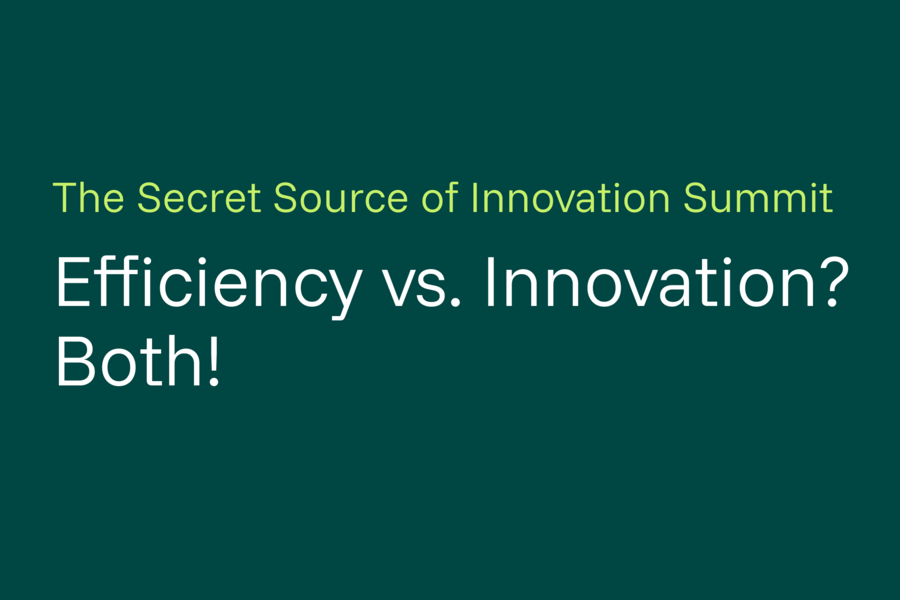Asset management: Beyond consolidation to optimized workflows
Asset management consolidation projects—Challenges media companies have managing multiple DAMs

Consolidate multiple DAMs to increase control & efficiency
For the past 20 years, media companies have enthusiastically invested in Digital Asset Management (DAM) initiatives. These initiatives are often justified using qualitative and quantitative benefits derived from the value of a centralized repository of media assets. As business units try and solve specific functional and technical problems, there has been a pattern of implementing specialized, siloed DAM systems. This is partly due to the proliferation of these specialized systems in the market directly made for individual business unit’s needs. As a result, media companies have experienced challenges with managing multiple DAMs, while eroding the promise of centralized, searchable, and accessible content across the organization.
In response to managing multiple DAMs in various states of maturity, businesses responded with “DAM consolidation projects” aiming to find “one DAM to rule them all”. While a valiant goal, finding and implementing a centralized system capable of maintaining the specialized functionality provided by the siloed DAMs remains elusive. “Enterprise” systems are becoming more verbose, but often sacrifice depth of features for breadth of features. Properly implementing an enterprise system, therefore, requires customization to fully satisfy specific business unit needs leading to both increased cost and time, while reducing the project’s value proposition. Beyond implementation, moving to one DAM forces business units with competing interests, priorities, and unique quirks to find a way to work together. As a result, consolidation projects are often reduced in scope and struggle to meet their full potential.
Access content easily
While projects come and go, the need to access assets globally across the enterprise still remains. The industry is shifting focus to reduce asset isolation by creating microservice bridges between existing systems. This approach differs from the traditional use of a monolithic Enterprise Service Bus, and instead, develops a decentralized ecosystem of federated services and APIs that can scale independently. Microservices often take less time to implement and are more flexible in solving business challenges, while still providing a platform for business units to address their custom needs.
Challenges of DAM ecosystems
Before jumping into building an integrated DAM ecosystem, several non-technical factors need to be evaluated to determine fit and level of integration. These factors are driven by functional or organizational requirements, and may either simplify or complicate the integrations and user experience. It is therefore important to have a plan of addressing these factors before any implementation work begins.
1) Classification of content
Terminology and taxonomy play a large part in making assets relevant to their intended audience. If one of the primary goals is to share content between systems, one of the largest benefits is the ubiquitous transfer of content and associated metadata from one system to another. For that to be realized, there needs to be some common understanding of how content is classified. As most models are tailored to support specific business units over time, differences in taxonomy emerge. For example, it is likely that each group would have different definitions of what an “asset” is. Attaining business agreement on how data should be mapped is a critical, and often underestimated, first step. As one might imagine, importing a file from another system is not beneficial if it cannot be found when it arrives. Only when data and files can be meaningfully translated from one system to another can real value be achieved.
2) Security models
In addition, a well thought through security approach is critical to this process. Each system will most likely not be aware of another’s users, groups, or roles. Unless security is not a priority, this will be a barrier to securing content when it arrives at the destination system(s). Asset management security patterns have changed over time, and target systems may use models that are incompatible with each other.
For example, one system may grant a specific group of users access to a file simply because the file is marked as “approved”, whereas another system may require that users are granted access on a file by file basis. Likewise, simply mapping users, groups, or roles is also likely not a sustainable model because they will continue to evolve independently of each other. Unless the organization is able to sustain a team to manually maintain these relationships, a more robust approach should be developed. There are many effective methods for doing this, but it is important to go into this process with an open mind and willingness to think creatively. Once agreed upon, the methods for overcoming these differences should be addressed upfront to avoid unexpected work later in the project.
3) Search mechanisms
Once terminology and security models are defined and agreed upon, determining an appropriate search model is the next priority. Understanding how each system will search for global assets will be on a case-by-case basis. For instance, will there be a federated search across all connected systems, will there be an enterprise level search index, or will some legacy systems require asset replication? The answer to these questions will be driven by user experience requirements, and ultimately buy-in from each business unit and the system owners.
Benefits
Despite all the challenges mentioned above, the benefits of an integrated ecosystem makes the effort worthwhile. By enabling an integrated approach, individual business units can benefit from retaining ownership of their ecosystem including full control over their workflows, metadata models, and assets. For instance, each group can decide how their assets are categorized, stored, tagged, and what asset policies meet their needs. Ultimately, each business unit gets to configure their own DAM adventure.
In addition to the benefit of ownership and customization, a DAM system’s features and user experience can be hyper targeted towards specific business functions. This allows for various DAM solutions to be leveraged based on each business unit’s use cases. For instance, marketing teams can use their work in progress focused DAM solution, while Post Production teams can still use their distribution focused DAM. This enables teams to ensure that work in progress assets do not become accessible to others in the enterprise until they are ready for a wider audience. The mindset of leveraging integrated systems empowers organizations to not make sacrifices to their business processes, features, and use cases, and instead leverage the “right tools” for the job at hand.
The efficient exchange of assets and metadata is another key benefit of this approach. Enabling users to locate and access approved files across business units maximizes their reuse; thus, reducing the probability that assets would need to be recreated. Reducing isolated DAM systems improves the ability to securely transfer assets and metadata in an automated and intuitive processes. This can lead to increased departmental collaboration, and more efficient methods of communication. In addition, integrating systems typically reduces security risks by removing manual touch points, while also enabling centralized asset usage tracking between systems. To achieve these benefits, media companies are starting to decouple these processes and functions down into independent microservices.
Using microservices entails creating independent services that work together allowing for a reduction in overall complexity. This in turn leads to quicker development cycles, minimizes the impact that deployment may have on the system as a whole, and encourages reusability where possible. Microservices are often being pursued as the preferred architecture of choice for building interoperable communication between n-number of systems. Their use also enables businesses to harness specific functions from existing applications or new offerings, and make them available to other systems in the connected ecosystem. The growing trend of using microservices has done much to allow businesses to quickly implement new capabilities and offerings for their user base.
By leveraging microservices and cloud hosting, organizations can now benefit by having the ability to auto-scale services based on specific business usage and needs. No longer do system owners have to grow their entire DAM application stack just to reactively scale a single component. Instead, by utilizing microservices, systems can be proactively monitored and individual microservices can be automatically scaled up to accommodate increasing load with minimal overhead.
Conclusion
The movement away from enterprise DAM consolidation towards integrated solutions has numerous challenges, but the benefits gained by moving to integrated solutions can help prepare organizations to truly be future ready. Some challenges and complexities around shared terminology, taxonomies, security models, and search mechanisms can wreak havoc during implementation if not planned for at the onset of a project. That being said, it is important that stakeholders and technology teams understand the overarching business processes across DAM systems, as well as the technical and change management challenges faced by integrating DAM systems.
By leveraging cloud hosting and microservices, groups could recognize the benefits of retaining ownership and customization of features, while still enabling the efficient exchange of assets and metadata across an organization and the ability to scale as needed to meet global demands. Business needs will continue to evolve just as technologies will steadily advance, and having a platform to accommodate those unavoidable changes is critical for companies and organizations to remain competitive and relevant in the future media and entertainment world.












